Like You, I'm Trying To Do The "Vacation Thing” Better
A college president dropped into a team meeting I was facilitating last week, and her team said, “Hey, I thought you were on vacation this week.” The president said, “I’m struggling to stay away.”
Most leaders I know struggle with taking vacations of any kind.
I’m curious if you do because I am planning a bit of a sabbatical in July, and I’m not sure I REALLY want to.
It’s been an epic battle for me over the years.
I LOVE THE WORK.

Many leaders never take a real break. As a result, they end up breaking.
Instead, we cheat (like the college leader mentioned above). You cheat yourself (and your family) by popping on email for an hour every morning. Or by checking in with staff to see if anything’s on fire.
Or maybe you’ve done a “working vacation” (oxymoron) to work on a big project or write a book.
I’ve done all those things, but lately, I’ve been TRYING to be more intentional about taking more real vacations and real breaks.
Like you, I’m trying to do the “vacation thing” better.
The more driven you are, the more this truth is for you.
These are some things I’ve experienced in my attempts to gear down over the past year.
1. Discomfort
When you’re constantly busy, you get used to a fast pace and the hum of always having something needing your attention.
When you take a real break, the quiet outside reveals the disquiet within you.
Pay attention to the discomfort but don’t give into it. Don’t race to fill the stillness with activity.
Embrace it.
Inside the quiet, you’ll discover a wealth of ideas:
➜ Issues you need to work through.
➜ Fears you need to confront.
➜ Possibilities you never dreamed of before.
➜ You! A fully present and authentic YOU.
If you don’t give in to the discomfort and linger in the silence and quiet long enough, you’ll learn to lead from peace.
As the famous mystic and poet Rumi said, "The soul has been given its ears to hear things the mind does not understand."
Take the discomfort of quiet as a gift and trust that it has something for you.
2. A Sense Of Being Lost
If you’re used to running at a fast pace, you won’t know exactly what to do with yourself, and you might feel a bit lost.
That’s totally ok.
If you do this well, you’ll eventually find a deeper and more mature you. In addition to lingering in the stillness, resist the urge to fill the void with a surge of activity.
Allowing yourself to feel lost will help you find a restored you.
The inner battle is where all growth emerges.
3. Productivity Shame
Productivity shame is what you feel when your life goes from 110 mph to zero overnight.
So, what is productivity shame exactly?
According to the leaders at Rescue Time, first, it’s the feeling that you’ve never done enough. No matter how many hours you work or how many tasks you cross off your to-do list, you always feel a sense of shame around your work. You keep thinking you could have done more.
Second, productivity shame is the feeling that you aren’t allowed to do “unproductive” things. You feel a sense of guilt when you spend time on hobbies, watch a movie, or simply sit back and relax.
Oh, this is killing me!
You?
4. Tears
Yes, tears. “why on earth am I crying when I’m supposed to be on vacation” tears.
If this is your first foray into being completely off work since the kickoff of the pandemic, then all three factors above may likely lead to tears.
Surprisingly, a good cry signals that you are doing the vacation thing right.
The quiet, discomfort and failure to give in to productivity shame mean you’re giving the silence space to do its work.
The first few times I really unplugged, I learned things about myself (my anger, my achievement addiction, the adrenaline junkie I’d become).
And yes, it led to tears. And then therapy and coaching and eventually, to freedom.
The worst thing you can do when you find yourself getting emotional when you’re disconnecting is to shake it off and do what we mid-westerners do… We bury it.
Let it surface. Surrender to it.
It’s called growth.
5. A New Baseline
Who are you when you’re fully rested?
My guess is you have no idea how to answer it because the last time you were fully rested, you didn’t have all your permanent teeth in your mouth.
Over the years, I’ve been experimenting with finding my ‘baseline,’ which is how I feel, behave, and approach life when I’m in my non-anxious presence.
Finding your baseline is a little like the science of speedometer calibration. A speedometer is accurate because it’s calibrated to tell you whether you’re going 35 or 75.
If the calibration is off, so is your reading.
Many driven leaders lead like their baselines are calibrated to 50 mph. They live at 70-90 mph most of the time. On the weekend, they might come down to 60 or 50 and think, “there, I’m rested.”
But they have no idea there’s even a 20 mph, or 10, or zero. They have no idea who they are deeply rested.
How do you find your baseline?
Take enough time off to sleep and rest until you’re no longer tired. Eat well, exercise, and nap as often as you need to until you’re ‘caught up. Relax, unwind, and get fully rested. Note: This might take a few weeks. Then see who you are.
- How do you feel?
- How are you treating other people?
- What do you enjoy?
- Who are you now?
That’s your baseline.
The way to do that is to live in a way today that helps you thrive tomorrow. I can show you how to do that here.
Find your baseline and get back to it regularly; the next vacation won’t be nearly as hard.
RECLAIM IT!
As we move into the midpoint of summer, you can almost hear that collective “what-the…” from campus leaders across the country.
Who’s been able to take a break yet?
I had a college president who told me that she “HOPES” to take the 4th of July off “IF” she can complete all her hiring.
I feel her pain and yours.
The challenges left in the wake of these past two years have many leaders taking extended leave and others left to do most of the work.
The question is, “is it sustainable?”
I know how much this summer break is needed, and I trust that your calendar has some dates marked off for you to truly get away.
But don’t be fooled.
I’m here to remind you that many of those same problems and issues will await you and your team when you return in the fall.
Leaders hate when I say this (while they shake their heads in agreement), but managing crisis was challenging but leading OUT of crisis will be much more complex and demanding.
Healthy leaders and teams will be in high demand to build (not rebuild) the plans and strategies to navigate the uncharted territory ahead.
You need to take action and Reclaim Your Momentum!
You may be one of the hundreds who requested and downloaded my free guide on reclaiming your momentum in the past few weeks and months. The feedback I’ve received from so many of you continues to be overwhelming.
Because of that, I’m going on tour.
I’ve turned this essential topic into a 2-hour LIVE keynote that I’m delivering to campus leadership teams across the county this summer and fall.
If you’re like most campus leaders, you’ve spent countless hours these past years putting out fires, dealing with negativity, drama, and just plain old burnout across the board.
And, like so many others, you’re fed up with feeling stuck.
It’s time to take action.
For a limited time, I’m offering an Early Bird Discount for campuses that book our new 2-hour live keynote before July 30th!
What are you waiting for?
It would be an honor to be your guide and help you and your team regain lost ground and Reclaim Your Momentum.
Joe
Dr. Joe Hill
Founder, Higher Performance Group
P.S. Be sure to share this email with a team member or fellow leaders across your network who could use a nudge of inspiration and challenge. Together we can help raise the waterline of hope, stability, trust, and compassion for those doing the most good across our learning communities.
More Blog Articles



